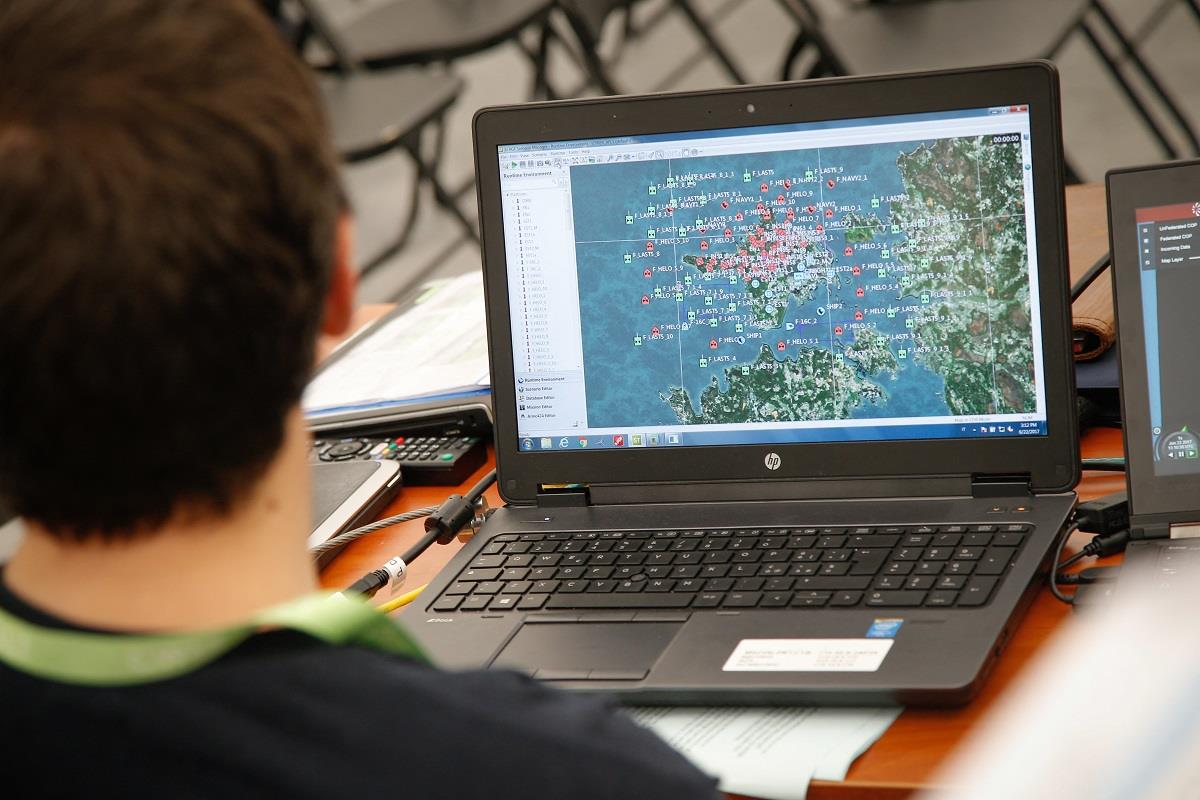(MENAFN- Asia Times) cyber operations have been evolving as part of major wars and conflicts over the past three decades. Yet modern militaries have struggled to align advanced cyber capabilities with conventional military power.
If militaries can fully harness the next cyber revolution in potential conflict flashpoints, there could be enormous implications for the future of warfare.
The main source of strategic advantage in the next 10 years will lie in the ability of military organizations to fully integrate innovations in artificial intelligence (AI), cyber power and data science, cognitive science and robotics at all levels of military operations.
This process will propel the next AI-driven revolution in military affairs (AI RMA). The AI RMA will fundamentally differ from the previous information technology or IT-RMAs, where cyber capabilities augmented but did not alter the use of force.
Early signs of the AI wave are already appearing. The data analytics center of the israel defence force unit 8200 uses machine learning algorithms to automate threat detection and identify anomalies in large data sets. The US military's project maven uses AI systems for decision support, targeting and operational planning.
They can process a large amount of data from diverse intelligence, surveillance and reconnaissance sensors. The singapore armed forces (saf) has recently established the digital and intelligence service to integrate SAF's military intelligence, cyber defenses and information operation capabilities into a full-service branch.
The weaponization of algorithmic warfare will likely evolve further with the rapid advances in science and technology. Data and computer sciences are increasingly merging with behavioral sciences and overlap with nearly every aspect of cybersecurity.
The US Defense Advanced Research Projects Agency (DARPA) has invested considerable resources into the next-generation nonsurgical neurotechnology program . The investment aims to develop brain-machine interfaces that enable the control of unmanned aerial vehicles and active cyber defense systems.

DARPA is betting big on brain-machine interfaces to power drones and cyber defense systems. Image: Facebook
In future conflicts, modern militaries will learn to apply diverse AI-enabled cyber capabilities in targeting an adversary's critical infrastructure. They will also infiltrate competitors' networks and data centers to manipulate algorithms or corrupt data .
There is growing research on adversarial ai capabilities, focussing on how to deceive AI systems into making wrong predictions by generating false data. Algorithms will be increasingly used to detect disinformation and misinformation in social media, spotting smart bots, deep fakes and biometric security vulnerabilities.
The AI wave will be applicable in nearly every aspect of warfare. AI can apply to command and control decision support by recommending options in constrained times. It can be used for intelligence, surveillance and reconnaissance support through data mining capabilities, and to detect and counter advanced cyberattacks.
AI can be integrated into robotics and autonomous systems such as drones that combine the varying manned and unmanned platforms.
While the AI wave may affect select countries and militaries disproportionately, its impact on the use of force could be significant but hard to predict at nascent stages. Still, the long-term strategic impact of the AI wave in future conflicts is sufficiently broad to require a rethinking of defense policy planning and management, including weapons development and R&D.
The AI wave's direction and character will be shaped mainly by how emerging technologies interact with current and future operational constructs and force structures. This can be seen in the challenges facing the russian military in using its AI-enabled military systems, including cyber capabilities, in the Ukraine war.
The principal challenge for implementing the AI wave is a wholesale re-engineering of Command, Control, Communications, Computers, Intelligence, Surveillance and Reconnaissance (C4ISR) strategies and doctrines. An entirely new operational environment and novel technologies will require new mindsets at every echelon of military organization.

Exercises on cyberwarfare and security are seen during the NATO CWIX interoperability exercise in Bydgoszcz, Poland in a 2017 file photo. Photo: AFP / Jaap Arriens / NurPhoto
Militaries must also grapple with the contending legal and ethical implications of new weapons technologies and problems in encoding diverse values of safety, ethics and governance into these systems.
Integrating data streams and AI systems across different military platforms will require trustworthy algorithms that can adapt to changes in their environment and learn from unanticipated events. It would also call for designing ethical codes and safeguards for these systems.
Building a viable roadmap for traditional militaries to incorporate disruptive technologies will be a difficult task. While many advanced militaries may strive to design and implement varying digitization paths, only some will have the vision, resources and will to succeed.
The gap between the“haves” and“have-nots” in the military capabilities between countries will likely widen further. This gap will impact future interoperability within military alliances and security partnerships depending on how new technologies interact with current and emerging operational interfaces and force structures.
Countries must resolve the challenges of the AI wave to win wars and conflicts in the 2030s and beyond.
Michael Raska is Assistant Professor and Coordinator of the Military Transformations Program in the Institute of Defense and Strategic Studies at the S Rajaratnam School of International Studies (RSIS), Nanyang Technological University, Singapore.
This article , republished with permission, was first published by East Asia Forum, which is based out of the crawford school of public policy within the college of asia and the pacific at the australian national university .